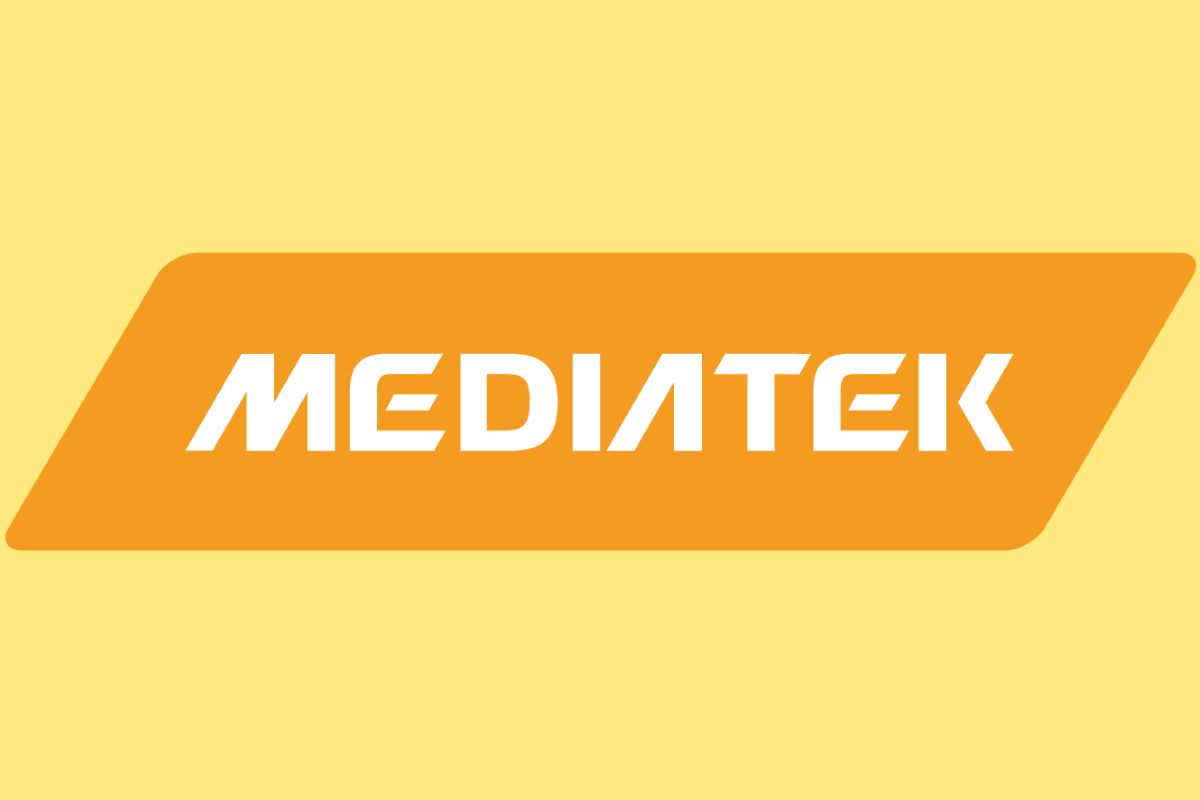MediaTek is a Taiwanese chip vendor that is primarily known for producing low-end and mid-range smartphone SoCs (system-on-chips). In the past, the company also made high-end SoCs that were intended for flagship smartphones. This changed in 2018 as MediaTek vacated the high-end SoC space due to Qualcomm's dominant position in the market. For 2018 and 2019, MediaTek opted to focus on the mid-range Helio P and Helio G series. With the arrival of 2020, MediaTek has again opted to dip its toes in flagship territory with the 5G Dimensity series. The company announced the flagship Dimensity 1000 SoC for high-end phones in November 2019. In December, OPPO announced the OPPO Reno3 with the Dimensity 1000L SoC, although as of now, the differences between the Dimensity 1000 and the Dimensity 1000L are unknown. Now, MediaTek has expanded the Dimensity series by announcing the mid-range Dimensity 800 5G SoC. The company aims to bring flagship features, power and performance to 2020's premium mid-range 5G phones.
Connectivity
The key feature of the Dimensity 5G series is that it offers integrated 5G modems in a single chip, making itself similar to the Qualcomm Snapdragon 765/765G, and the HiSilicon Kirin 990 5G. In contrast, SoCs such as the Qualcomm Snapdragon 865 and the Samsung Exynos 990 have discrete 5G modems (which means having two chips -- i.e. SoC + modem). Having an integrated 5G modem should theoretically offer improved power efficiency. The Dimensity 800 is manufactured on TSMC's 7nm process (N7), and the first devices featuring the SoC are expected to launch in the first half of 2020.
The Dimensity 800 5G SoC supports 5G with two carrier aggregation (2CC CA) for 30% wider high speed layer coverage, more seamless 5G handover, and higher average throughput performance compared to other solutions that use single carrier (1CC, no CA). It supports both standalone (SA) and non-standalone (NSA) sub-6GHz networks (Currently all 5G networks are NSA, while the first 5G SA networks are expected to arrive later this year). It includes multi-mode support for 2G/3G/4G, and also supports Dynamic Spectrum Sharing (DSS). The Dimensity 800 series includes support for services such as Voice over New Radio (VoNR). According to MediaTek, the chip's integrated 5G modem delivers "extreme energy efficiency" and is said to be a more power-efficient design than other solutions in the market. Details on the modem's downlink and uplink speeds haven't been disclosed yet.
CPU
The MediaTek Dimensity 800 has four big ARM Cortex-A76 cores clocked at up to 2GHz, paired with four little ARM Cortex-A55 cores clocked at up to 2GHz. MediaTek is specifically promoting the chip's inclusion of more performance cores compared to SoCs such as the Qualcomm Snapdragon 765/765G as having more performance cores improves app and game launch times and improves multi-threaded performance as well. The Dimensity 800 is the first SoC to introduce the four flagship performance-core architecture to the mainstream segment. It's not using the newer flagship ARM Cortex-A77 core, which is a bit of a disappointment. MediaTek likely made the decision to use the older Cortex-A76 to provide differentiation between product segments, and Qualcomm's Snapdragon 765 series also didn't make the jump to the Cortex-A77.
The Dimensity 800 has 2-channel (2x16b) LPDDR4X RAM at 2133MHz, which means it has half the memory bandwidth of its bigger brother, the Dimensity 1000.
GPU
In terms of GPU performance, the Dimensity 800 is using the Mali-G57MC4, a four-core variant of the Mali-G57, which was announced in October. Its clock speed hasn't been disclosed yet. This is combined with MediaTek's HyperEngine gaming technology to provide a "no-compromise" gaming experience, and on paper, this particular GPU implementation should be competitive with the Snapdragon 765G's Adreno 620 GPU.
AI
MediaTek's APU 3.0 (AI Processing Unit) has four cores consisting of three different core types in its design and this enables the Dimensity 800 to provide up to 2.4 TOPS of AI performance. The APU HW design is said to be more efficient and more powerful for FP16 to enable the most precise AI-camera results.
ISP
The ISP has a lot to say for itself as well. The company proclaims it as a "flagship-level" image signal processor, as it supports up to four concurrent cameras. The Dimensity 800 supports up to 64MP cameras, which means its ISP can handle processing of 64MP images, or large multi-camera options such as 32MP + 16MP dual cameras, backed by the hardware depth engine. The AI camera enhancements are said to be flagship-class as well. The Dimensity 800 series includes AI autofocus, autoexposure, auto white balance, noise reduction, high dynamic range (AI HDR), and dedicated facial detection hardware. It's said to have the world's first multi-frame 4K video HDR capability (video HDR).
Display
Finally, the Dimensity 800 series supports Full HD+ displays with refresh rates up to 90Hz. While this brings a flagship-level feature to the mid-range segment, the Snapdragon 765 is even better in this respect as it supports 120Hz refresh rate displays.
Availability
MediaTek notes that the Dimensity 800 series is designed for global sub-6GHz 5G networks that are being deployed in Asia, North America, and Europe through 2020. On paper, the SoC seems to be a strong competitor to the Qualcomm Snapdragon 765/765G, as it will likely have better CPU performance and a competitive GPU implementation. For the sake of competition, we hope to see mid-range phones adopting the Dimensity 800 series as an alternative to Qualcomm's SoCs throughout 2020.

